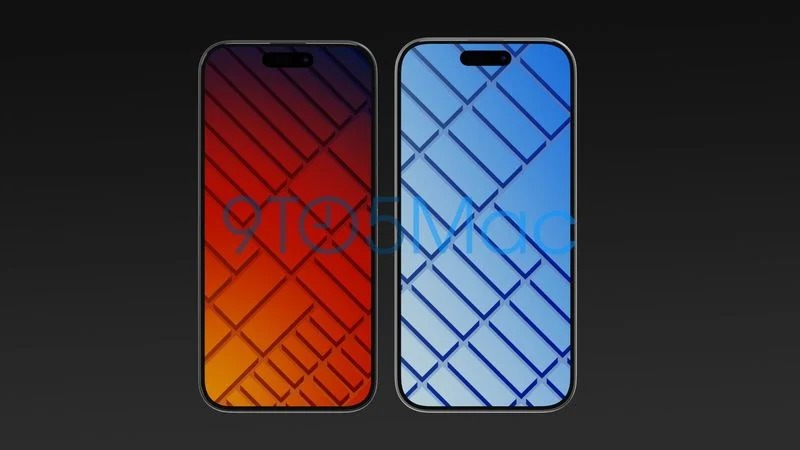Sink the Dynamic Island! Apple’s new patent is a game changer for Face ID and Touch ID
Finally! Under display Touch ID looks ready

An iPhone without a Dynamic Island (or notch) has been the dream for a while. Now, with a new patent filed by Apple, that could be a reality.
Those with good memories may know that I wrote about another recent patent approved for Apple about this technology. This time round, not only is the company providing more detail about how it could work, but the addition of under-display sensors Face ID and iris recognition means we could very well see an iPhone without a cut-out.
How would it work?
In the recent patent (shared by Patently Apple), the company’s invention involves utilizing quantum film — a thin semiconductor film that’s packed into the display stack and works with an infrared sensor to absorb the light projected from it.
This film would essentially take an image of whatever the light reflects off of (a fingerprint in this example), and the phone would process the data to either gain/deny access to the phone.

The key difference to other traditional formats of fingerprint recognition is that the display does not need to blast light under your finger to capture the details. It can be done entirely through infrared, which could be huge for preserving the display color — rather than seeing that telltale off white ring towards the bottom of your phone’s screen.
But of course, it goes a little further than that, as this sensor setup could capture “two-dimensional or three-dimensional” images, and identify facial features (translation: Face ID). It could even be used to detect gesture-based controls over the top of the phone.
Outlook
During the height of the pandemic, no matter what workarounds Apple implemented, Face ID was a pain to workaround for pretty much all of us. However, while it’s a little late, we could very well be on the way towards that reality of being able to unlock with Touch ID once again.
Sign up to receive The Snapshot, a free special dispatch from Laptop Mag, in your inbox.
Not only that, but thanks to the use of a quantum film infrared sensor, we could see the iPhone move to something like a cut out for the camera, or even go under-display with its selfie shooter and completely eliminate any sort of hole punch.
It’s certainly an exciting prospect for the future of the iPhone. But don’t expect it for a while. Industry consultant Ross Young tweeted that "under panel Face ID is now expected to be pushed at least a year to 2025 or later due to sensor issues." Don’t expect it in the iPhone 15, even though a patent does show progress!

Jason brought a decade of tech and gaming journalism experience to his role as a writer at Laptop Mag, and he is now the Managing Editor of Computing at Tom's Guide. He takes a particular interest in writing articles and creating videos about laptops, headphones and games. He has previously written for Kotaku, Stuff and BBC Science Focus. In his spare time, you'll find Jason looking for good dogs to pet or thinking about eating pizza if he isn't already.
